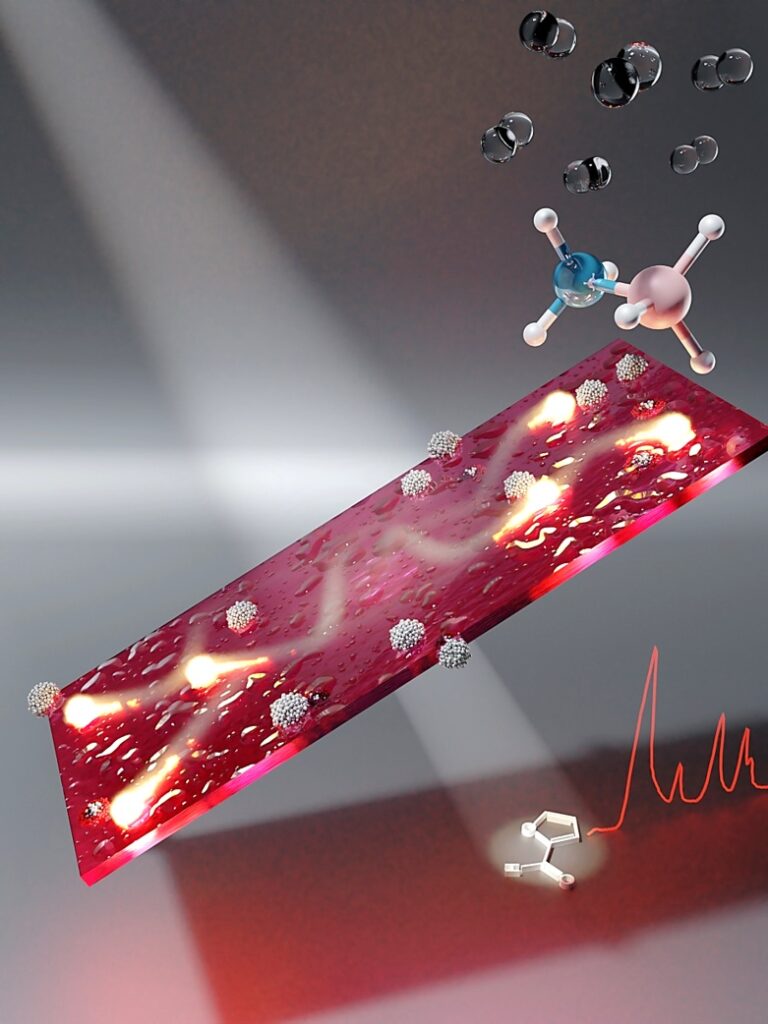CATRIN Researchers Advance Colloidal Plasmonic Nanomaterials
Researchers at CATRIN, in collaboration with colleagues from the US, Germany and Italy, have made significant strides in developing colloidal plasmonic nanomaterials with a high carrier density and broad spectral capabilities. Their breakthrough study describes the successful fabrication of titanium nitride (TiN) nanobars through a two-step process: synthesis of TiO2 nanowires via a wet chemical route and subsequent high-temperature annealing in an ammonia flow.

Electromagnetic simulations of the resulting TiN nanobars revealed a remarkable range of optical resonances, including transverse, longitudinal and mixed plasmonic modes. These resonances spanned from the visible spectrum to the mid-infrared (MIR) region, offering vast possibilities for diverse applications. To enhance the photocatalytic properties, Pt cocatalyst nanocrystals were incorporated onto the TiN nanobars. This integration significantly improved photocatalytic hydrogen evolution compared to when using isotropic TiN nanospheres and nanocubes of similar size. Notably, the enhancement was most prominent when excited by near-infrared light at 940 nm due to increased hot electron generation.
Additionally, the researchers demonstrated the potential of plasmonic TiN nanobars in detecting furfural molecular vibrations. By exploiting the nanobars‘ strong surface-enhanced infrared absorption (SEIRA) effect in the MIR region, they demonstrated impressive capabilities beyond photocatalysis. CATRIN‘s groundbreaking research represents a significant advancement in the field of nanomaterials, opening new avenues for catalysis, sensing and optoelectronics. The successful fabrication of TiN nanobars with exceptional properties is an important step towards achieving colloidal plasmonic nanomaterials that can operate across a wide electromagnetic spectrum.

